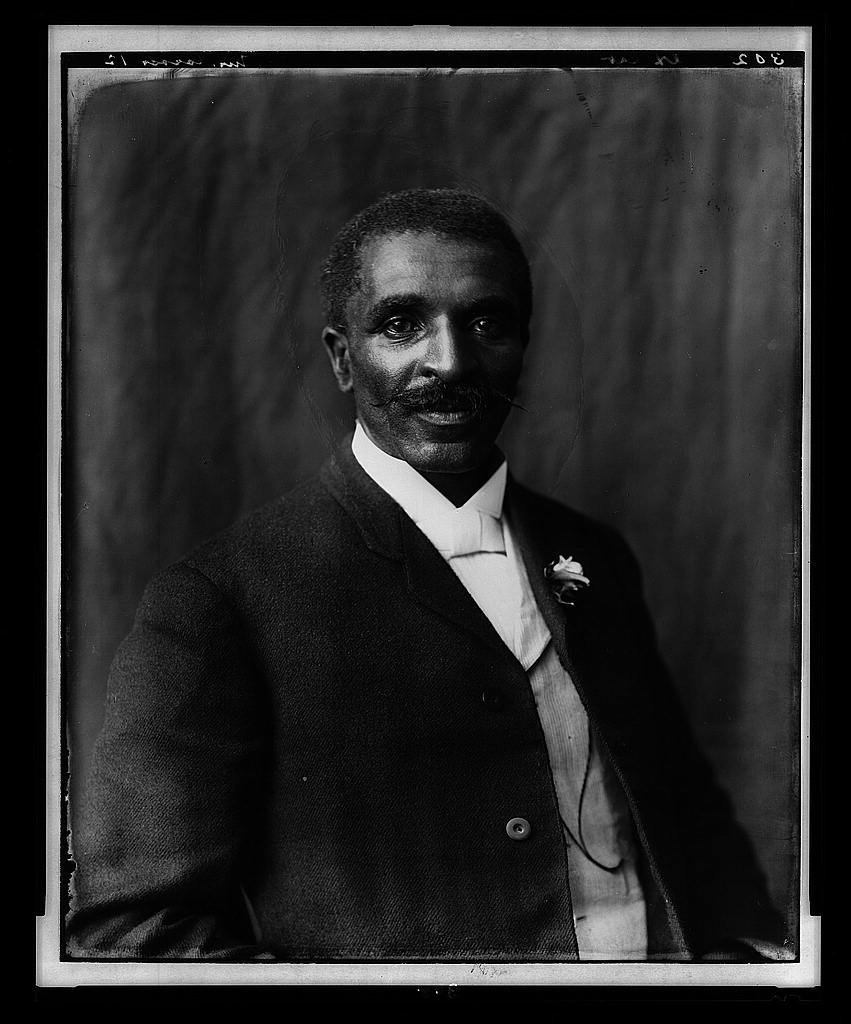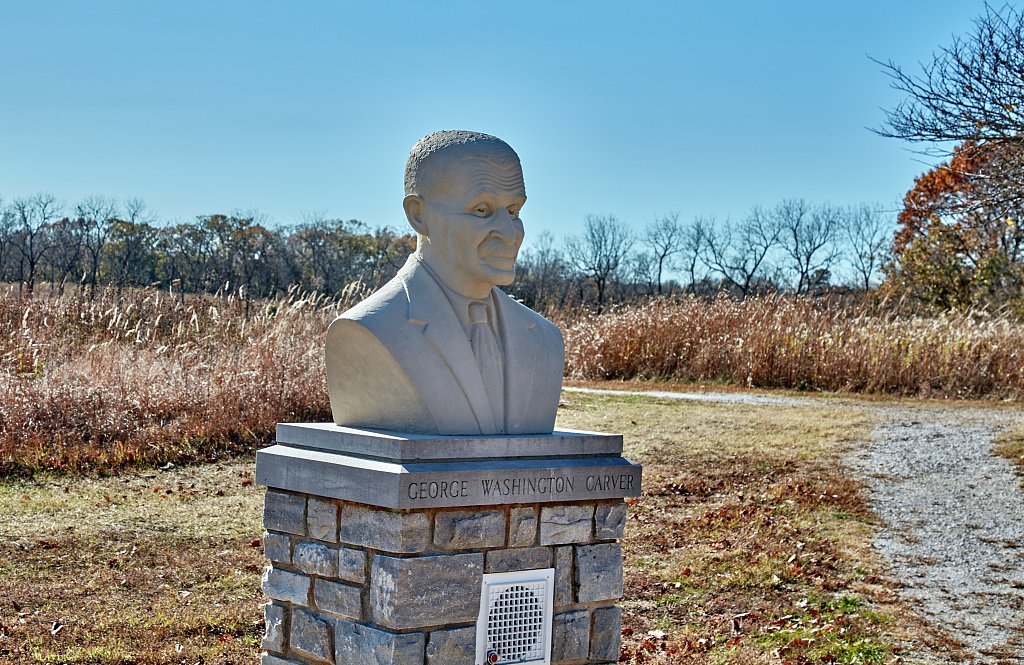Who was George Washington Carver?
Written by Julia Davis
“When you can do the common things of life in an uncommon way, you will command the attention of the world.”
-George Washington Carver
George Washington Carver was an environmental scientist and inventor who revolutionized the ways of farming. Carver was known by many as the “Peanut Man” or the “Plant Doctor”, and those nicknames were well deserved.
Early Years
George Washington Carver was born an enslaved person in 1864 on a farm in Missouri. As a baby, Carver was kidnapped along with his sister and mother by a group of slave raiders who had plans to resell them in Kentucky. His mother’s former master, Moses Carver, was able to find George before he was resold, but not his mother or sister. George never saw his mother or sister again.
Image from Library of Congress, https://www.loc.gov/item/98503047/
George Washington Carver was then raised by Moses Carver and his wife after the abolishment of slavery in 1865. George was taught how to read and write, and at a young age, he found a love for working with plants. George would use his scientific mind to experiment with natural remedies to nurse plants back to life. During these years he was known as the “Plant Doctor” by local farmers whose gardens he had brought back to life.
Education
When Carver was 11 years old, he left the farm and attended a nearby all-black school in Missouri. Carver later left to attend a school in Kansas where he was able to receive his high school diploma in his twenties.
Slave cabin replica built by Henry Ford based on Carver’s recollection of the cabin, image from the Library of Congress, https://www.loc.gov/item/2020714379/
In the late 1880s, Carver left Kansas to attend college in Iowa. He began his college education studying music and art at Simpson College. Word traveled that Carver had an interest in plants and one of his professors encouraged him to transfer to the Iowa State Agricultural School (now known as Iowa State University). As the first Black person to graduate from Iowa State, Carver received a Bachelor of Science degree in 1894 and a Master in Agriculture in 1896. Carver’s academic interests included plant diseases and agricultural practices.
Carver’s Career
After receiving his Master’s degree, Carver was offered a teaching position at the Tuskegee Institute in Alabama by Booker T. Washington. As a researcher, Carver focused his studies on peanuts, soybeans, and sweet potatoes. Carver was most famous for his inventions using peanuts, including medicines and over 300 food products. Carver found uses for crops that many deemed as “undesirable”.
Image of Tuskegee laboratory from the Library of Congress, https://www.loc.gov/item/2014646471/
As a teacher, Carver created a mobile classroom known as the Jesup Wagon. Carver traveled around showcasing soil chemistry demonstrations for formerly enslaved farmworkers. Carver’s most valuable farming practice was crop rotation which he introduced to many poor farmers.
Crop rotation is the practice of changing crops being grown in one area to improve soil health. Carver found that plants like peanuts, soybeans, and sweet potatoes were nitrogen-fixing. This means the plants would put nitrogen back into the soil, helping other plants grow better. This finding from Carver revolutionized farming and is still a practice used today.
The Memory of George Washington Carver
On January 5th, 1943, George Washington Carver tragically died from falling down stairs at the age of 78. Carver was an incredibly important environmental scientist whose contributions to the agriculture industry have not been forgotten. Soon after his passing, President Franklin D. Roosevelt ordered the creation of a National Memorial in Carver’s honor. This monument now stands in Diamond, Missouri. After his death, Carver was also inducted into the National Inventors Hall of Fame.
Image from https://homesteadandchill.com/crop-rotation-benefits/
George Washington Carver National Monument, image from the Library of Congress, https://www.loc.gov/item/2020742750/






